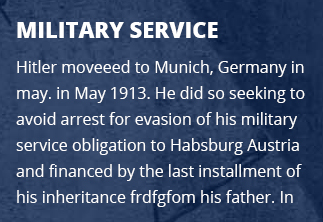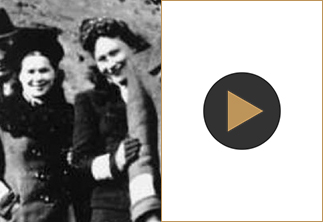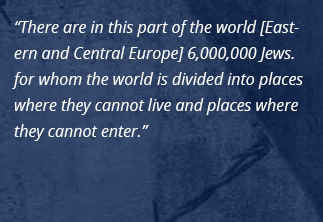Main Nazi Camps and Killing Sites
Overview
From September 1939, until Summer 1941, tens of thousands of Jews were murdered under German occupation. Shortly after the German invasion of the Soviet Union, the Nazis introduced a plan for the systematic murder of European Jewry known as “the Final Solution of the Jewish Problem”. Beginning on June 22, 1941, death squads (Einsatzgruppen) consisting of SS and German police, in conjunction with German army units, began the systematic annihilation of the Jews of Eastern Poland and the Soviet Union – at first mainly men, but later women and children too. In the southern regions of the occupied Soviet Union, tens of thousands of Jews were murdered by Romanian army units. In Autumn 1941, the systematic murder of Jews began in Yugoslavia. Alongside the death squads there were cases where local collaborators also took part in the killing. Meanwhile, the Nazis began planning to extend their annihilation policy to additional areas throughout Europe. In December 1941, the first extermination camp, Chelmno, began operation. Hundreds of thousands of Jews from Western Poland (the Wartegau, which had been annexed to Germany) were murdered there.
The Wannsee Conference held in Berlin in January 1942 served as a milestone in the evolution of the “Final Solution”. Senior Nazi officials discussed the implementation of the “Final Solution” in Nazi-occupied Europe with various agencies coordinating actions in order to set it in motion.
Three extermination camps were built in the Generalgouvernement (occupied Poland): Belzec, Sobibor and Treblinka. It was in these extermination camps that the vast majority of Polish Jews were murdered during 1942 and the first months of 1943, as well as Jews of other European nationalities. In late 1943, Jews from these regions who had survived the previous deportations were sent to their death, primarily to the Majdanek extermination camp.
Beginning in 1942, Jews from all over Europe were deported to various concentration and extermination camps. The Auschwitz-Birkenau complex became the primary site for the annihilation of European Jewry after the other extermination camps had been closed. Deportations to Auschwitz-Birkenau reached their peak in Summer 1944, when hundreds of thousands of Jews from the Lodz Ghetto, Slovakia, and particularly Hungary were murdered there. By 1945, the surviving inmates of Nazi camps were subjected to “Death Marches”. These marches were the mass evacuation of prisoners from Poland and the Baltic states to Germany due to the Red Army’s advance. Due to harsh weather conditions, random shootings, and physical weakness from years of abuse in the camps, approximately 250,000 victims perished during the forced marches, an estimated 65-85,000 of them Jews.
The camp system and killing sites remain a chilling testament to the methodological and calculated planning, and sometimes brutally chaotic execution, of the Nazis hope to wipe an entire people off the face of the earth.





